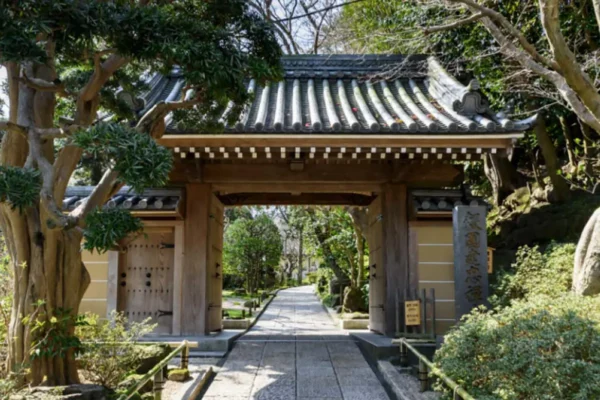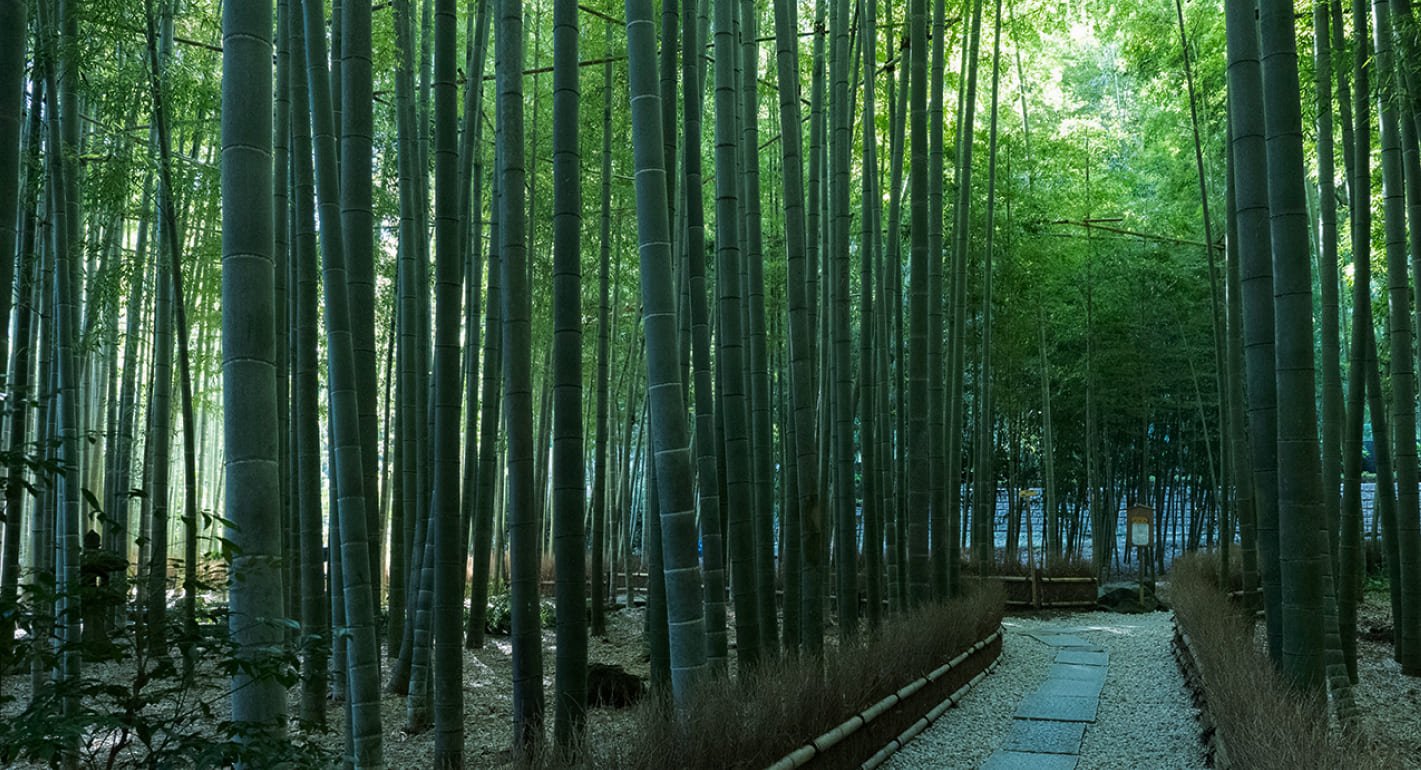Discover Serenity at Hokoku-ji: The Enchanting Bamboo Temple of Kamakura
Kamakura is a small town in Kanagawa prefecture, but we always find so many places to visit. This temple, Hokoku-ji, is one of our favorite places. Their famous bamboo forest gives us a sense of serene escape into nature. The temple is also fondly known as the “Bamboo Temple.” This is a great place to visit along with Kamakura Daibutsu, Hase-dera, and Tsurugaoka Hachiman-gū in the area. Check out our article, Two Perfect Days in Kamakura, to plan your itinerary.

The Hokoku-ji temple’s origins trace back to 1334, marking it as a pivotal site during the Muromachi Period. Hokoku-ji was initially established as the family temple for the influential Ashikaga Clan and later served the Uesugi Clan, weaving a complex narrative of feudal Japan’s power dynamics. The founding priest, Tengan Eko, honored Ashikaga Ietoki, the grandfather of the first Ashikaga shogun, by establishing this sacred space, which has since become a sanctuary for reflection and peace.
Upon arrival, the Hokoku-ji’s modest entrance and garden path lead visitors to the main hall, a structure reborn in the 1920s following the devastation of the Great Kantō Earthquake. This hall, a sanctuary of worship, houses a revered statue of Shaka Nyorai (Gautama Buddha), embodying the core of Buddhist reverence. Adjacent to this hall, a distinctive bell tower with its thatched straw roof stands as a silent witness to the Hokoku-ji’s historical narrative, offering a glimpse into its architectural past.
However, it is the bamboo grove behind the Hokoku-ji’s main hall that truly captivates the heart. Over 2000 towering bamboo stalks create a verdant canopy, crafting an atmosphere of otherworldly beauty. Narrow paths weave through this green labyrinth, leading to a quaint tea house where visitors can indulge in the simple pleasure of matcha tea, surrounded by the gentle sway and whisper of bamboo leaves.
The temple grounds in the Hokoku-ji also harbor a series of shallow caves, the final resting place for the ashes of the Ashikaga lords, adding a layer of solemnity and mystique to the site. These caves, alongside the main hall’s Buddha statue and the enduring bell tower, contribute to the temple’s allure, making it a haven for those seeking peace and introspection.
Hokoku-ji is not just a place of natural beauty but also a cultural repository. The temple once housed a treasure trove of Important Cultural Properties, now preserved at the Kamakura Museum of National Treasures. Despite the losses from the earthquake, the Hokoku-ji continues to be a bastion of Zen Buddhism’s rich heritage, as evidenced by the survival of the bell tower’s thatched roof, a poignant reminder of the temple’s storied past.
Access to this tranquil retreat is straightforward, with a short journey from Tokyo via the JR Yokosuka Line to Kamakura, followed by a bus ride to Jomyoji, from where Hokoku-ji is a brief walk away. The temple’s setting, amidst jasmine and cherry trees, and the mosaic of moss-covered stones, evoke a Zen-like ambiance, further enhanced by the poetic beauty that has inspired countless works over the centuries.
Hokoku-ji, with its blend of history, spirituality, and natural splendor, offers a unique journey into the heart of Zen Buddhism. The bamboo grove, in particular, stands as a symbol of resilience and grace, inviting visitors to find their own piece of Zen within its leafy embrace. Whether you are drawn to the temple’s historical significance or the tranquil beauty of its bamboo forest, Hokoku-ji promises a serene and enriching experience, a true jewel in Kamakura’s cultural landscape.
